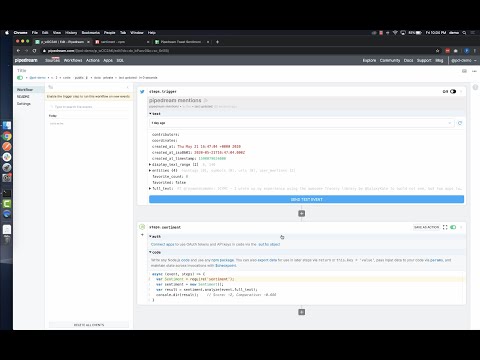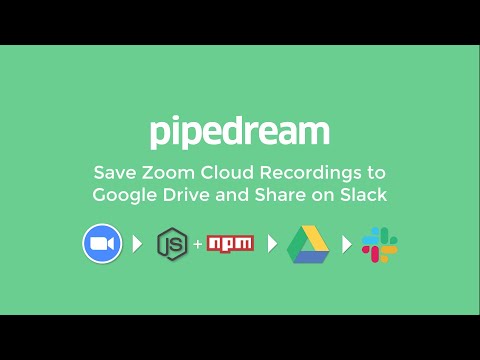What do you want to automate
with Google Sheets and OpenGraph.io?
Prompt, edit and deploy AI agents that connect to Google Sheets, OpenGraph.io and 3,000+ other apps in seconds.
Trusted by 1,000,000+ developers from startups to Fortune 500 companies
Popular Ways to Connect Google Sheets with OpenGraph.io#
Popular Google Sheets and OpenGraph.io Triggers#
Emit new event each time a comment is added to a spreadsheet.
Emit new event each time a row or rows are added to the bottom of a spreadsheet.
Emit new event each time a row or rows are added to the bottom of a spreadsheet.
Emit new event each time a row or cell is updated in a spreadsheet.
Emit new event each time a new worksheet is created in a spreadsheet.
Popular Google Sheets and OpenGraph.io Actions#
Add a single row of data to Google Sheets. See the documentation
Scrape OpenGraph data from a list of URLs at once, to process multiple websites simultaneously. See the docs here
Add multiple rows of data to a Google Sheet. See the documentation
Extract specific OpenGraph properties from a specified URL, such as title, image, or description. See the docs here
Get all values or values from a range of cells using A1 notation. See the documentation
Overview of Google Sheets#
The Google Sheets API allows for the creation, reading, updating, and deletion of data within Google Sheets, enabling a robust platform for spreadsheet management and data manipulation. Through Pipedream, you can craft serverless workflows that respond to various triggers, such as webhook events, emails, or scheduled times, to interact with Google Sheets. This synergy can automate reporting, synchronize data across applications, manage inventory, track leads in a CRM, or even conduct survey analysis by updating and retrieving sheet data on the fly.
Connect Google Sheets#
import { axios } from "@pipedream/platform"
export default defineComponent({
props: {
google_sheets: {
type: "app",
app: "google_sheets",
}
},
async run({steps, $}) {
return await axios($, {
url: `https://www.googleapis.com/oauth2/v1/userinfo`,
headers: {
Authorization: `Bearer ${this.google_sheets.$auth.oauth_access_token}`,
},
})
},
})
Overview of OpenGraph.io#
The OpenGraph.io API enables you to fetch Open Graph data from websites, which is useful for previewing content like images, titles, and descriptions the way social platforms do. Integrating OpenGraph.io with Pipedream allows you to automate the retrieval of this data in response to various triggers and to use it in workflows that involve other apps and services.
Connect OpenGraph.io#
import { axios } from "@pipedream/platform"
export default defineComponent({
props: {
opengraph_io: {
type: "app",
app: "opengraph_io",
}
},
async run({steps, $}) {
return await axios($, {
url: `https://opengraph.io/api/1.1/site/https%3A%2F%2Fpipedream.com`,
params: {
app_id: `${this.opengraph_io.$auth.api_key}`,
},
})
},
})
Related Videos#



Community Posts#


